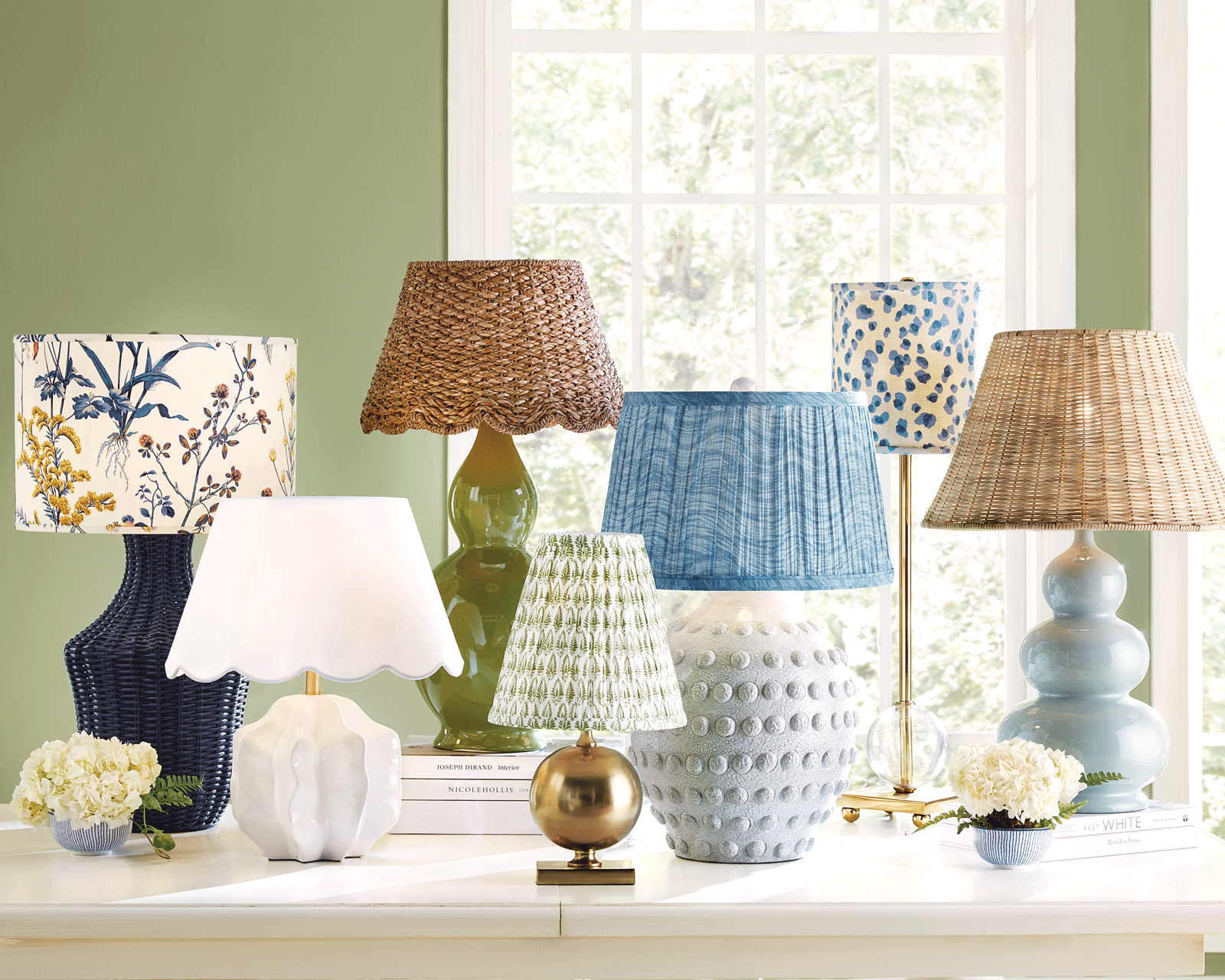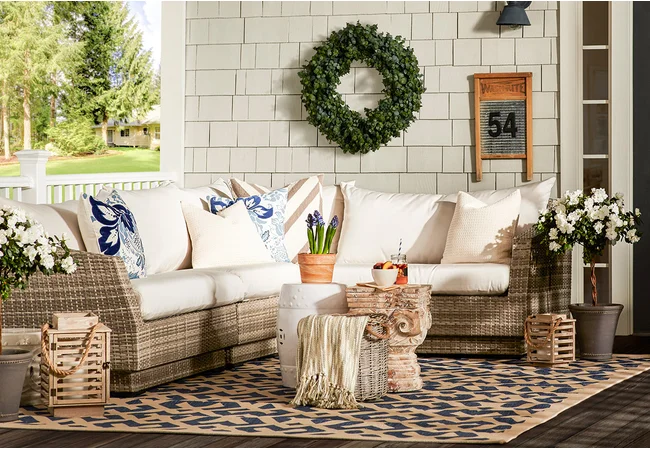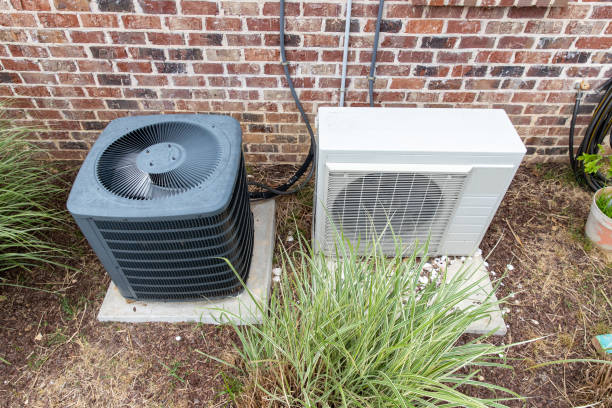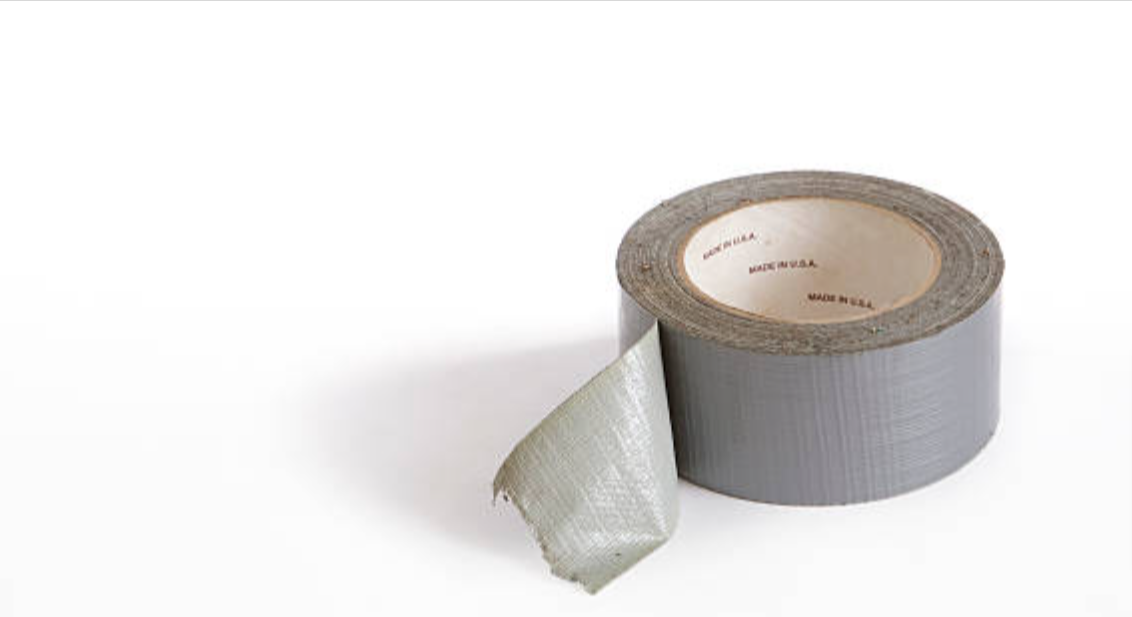Using fabric lampshades is a compelling and economical method to add colour and texture to your home design. And every fabric, made of cotton, silk, linen, jute, or something else, has a unique personality. Here is a guide to lampshade textiles for material lovers on this website.
Here’s a guide to lampshade fabrics
Cotton lampshades
Cotton is one of the materials that is used the most frequently all over the world. It is an excellent material for fabric lampshades because it is robust, simple to clean, and adaptable. It also creates a beautiful, even ambient light. Cotton lampshades can be ‘gathered’ for a pleated impression or ‘rolled’ for a cool, smooth look; this design works well in settings with a more conventional or classic vibe. The ability to produce various brilliant colours and designs with cotton is another fantastic feature.
Silk lampshades
Design professionals adore experimenting with contrasting materials, from teak to velvet to concrete, because the texture in interior decoration refers to how something “feels” to the eye. Therefore, you don’t need to touch a silk lampshade to enjoy the texture it adds to a space. Shades have a lovely, almost iridescent look, and silk is naturally linked with richness and elegance. When lighted, dupion silk has a just gorgeous gloss and produces a delightful sheen. These little flaws, or “slubs,” are considered to be a natural element of the charm of this type of silk since they give it a more rustic feel.
Linen lampshades
Over the years, linen has been used to make various products. It is a flexible fabric that has a great rustic simplicity about it. More relaxed and carefree than cotton, linen has a natural slub and a somewhat more robust weave. It also diffuses a pleasant ambient light and is lighter than other textiles, like velvet. Many patterns and colours are available for linen lampshades, from bright block colours to quirky prints. Try a linen shade in black colour for a sophisticated, modern design. Or stonewashed linen would be appropriate for some more character and texture. On the other hand, Shibori lampshades have a great personality and create a remarkable statement because of their gorgeously clashing colours.
Velvet lampshades
Velvet has a deliciously luscious quality. It’s an excellent material for constructing truly stunning lampshades that offer that added touch of elegance and extravagance, whether they are switched on or off. It is rich, tactile, and almost sensual. The light is often sent upwards and downwards by velvet lampshades, which are opaque and don’t spread the morning about the room as much as some other materials do. This results in a beautiful pool of light beneath the shade. They are thus ideal for bringing warmth, mood, and a little drama.
Parchment and paper lamp shades
Parchment and paper lampshades are aesthetically pleasing and give an excellent, clean, contemporary appeal. Block-coloured rolled parchment lampshades work very well, and marbled paper lampshades give a room more personality and charm. Banana and papaya fibres, among other exotic materials, may be used to make parchment hues. The handmade parchment paper used to make Pookys is pressed, coloured, and wax-sealed in Jaipur. Then soft cotton is used to line the shade inside. Consequently, a gorgeous parchment lampshade with a charming, mystical light is created.
In conclusion, there are a variety of fabrics for lampshades available in the market today. The above mentioned are some of them and how to buy them.






